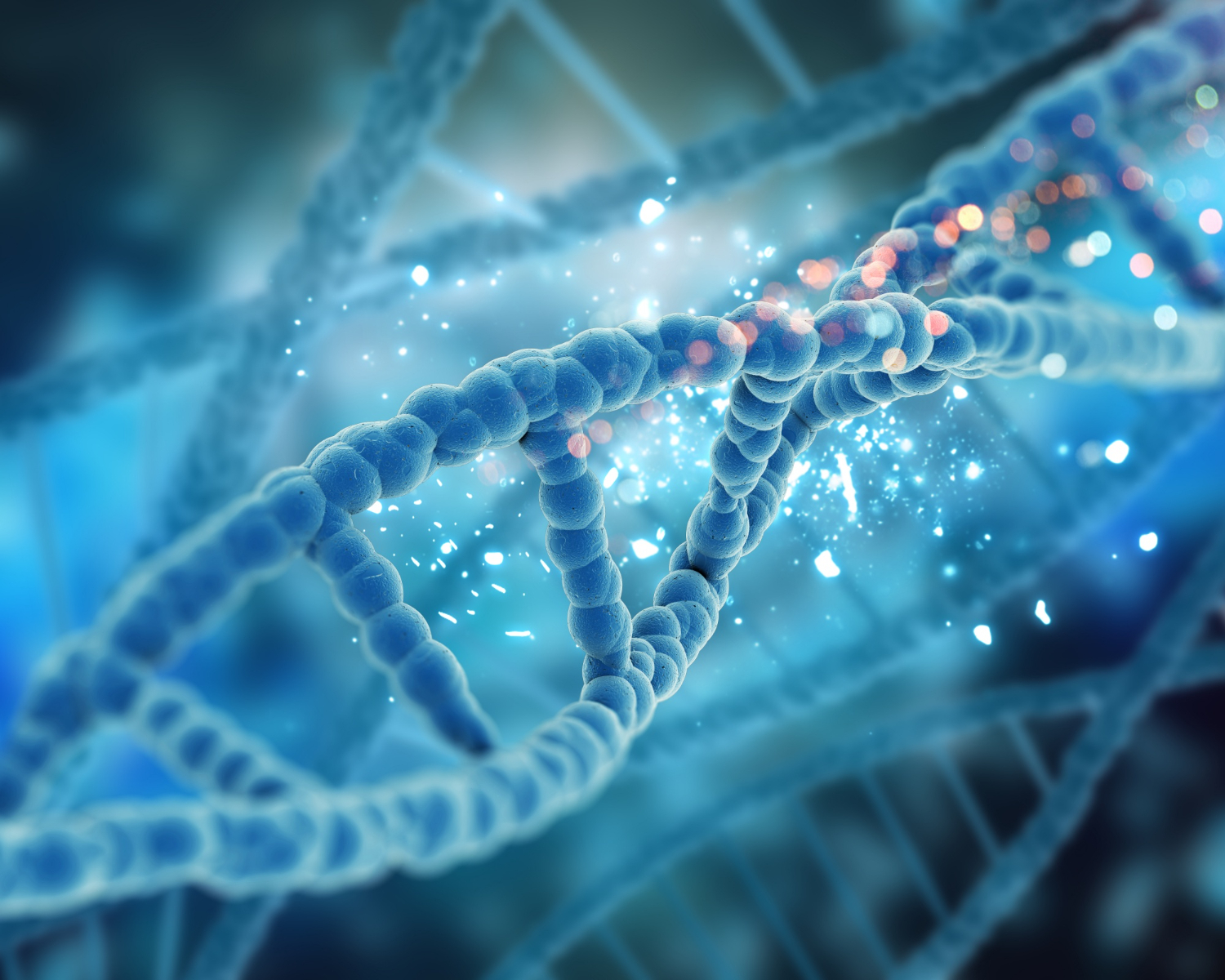The peptide oxytocin (OT) consists of 9 amino acids and a sulfur bridge connecting two cysteines. The posterior pituitary gland, a small gland at the brain’s base, is where the Oxytocin peptide is stored and released, as shown by research. The OT peptide has been linked to various social behaviors, including recognition, affiliation, sexual behavior, aggressiveness, and trust. Additionally, it controls various reproductive activities in mice and other animals.
Our goal in writing this page is to provide you with the most up-to-date, reliable information regarding Oxytocin. Keep reading to find out more about the benefits and risks of the Oxytocin hormone.
Oxytocin: what is it?
Oxytocin is a neurotransmitter that regulates essential functions, including social interaction and reproduction. In its nine-amino-acid form, Oxytocin is classified as a nonapeptide. The amino acid sequence of Oxytocin is as follows: cysteine, tyrosine, isoleucine, glutamine, asparagine, proline, leucine, and glycine (CYIQNCPLG).
The peptide Oxytocin, which circulates in the blood, plays a critical role in giving birth and nursing the infant. The Oxytocin peptide and its receptor are crucial for the initiation of labor. However, the OT hormone also influences many other kinds of interactions with others. The reason why it’s called the “love hormone” is because of this effect.
Recent studies have shown that Oxytocin may affect various behaviors and diseases, including libido, milk production, blood sugar regulation, cancer, bone density, stress response, altruism, and social bonds. Studies in mice demonstrated that OT improves blood flow to the brain, kidneys, and coronaries, suggesting that it causes vasodilation of vascular smooth muscle. You can find more about Oxytocin peptide effects on this website.
Do Peptides Include Oxytocin?
The posterior pituitary lobe is responsible for producing and releasing Oxytocin, a peptide, and hormone. When two mice interact socially or physically, they trigger the release of Oxytocin, sometimes known as the ‘cuddle hormone.
Have you ever pondered the mystery behind the instant upsurge of joy that comes from playing with your dog? An Oxytocin rush, leading to a greater sense of enjoyment and connection, may be triggered by something as easy as playing with your pet, according to research conducted in 2009.
Studies on mice demonstrate that the Oxytocin peptide also strengthens negative memories of early attachment, such as when the offspring have a strained connection with one or both parents. However, OT hormone may also cause subjects to be less tolerant of others they see as different from themselves. In conclusion, studies have shown that the effects of Oxytocin are heavily context-dependent.
What effects does Oxytocin have on male and female mice?
Regular quantities of Oxytocin are essential for the male and female brain and body to operate at their best. Still, it’s essential to know that Oxytocin impacts male mice differently than it does on female mice. The outcomes vary greatly, especially in social settings.
The amygdala, a brain region important for emotion, reward, and motivation, responds differently to the hormone in men and women. For example, Oxytocin in female mice may affect how each sex chooses its friends. On the other hand, Oxytocin in males could have a role in how male mice recognize antagonistic interactions.
Oxytocin
In mice, the hormone Oxytocin is crucial. Neuroscientists from Emory University in Atlanta said, “Oxytocin is a peptide generated in the brain that was originally discovered for its function in the birth process and nursing.”
OT is responsible for the uterine contractions that occur during labor. Its other postpartum duty is to reduce the size of the uterus. Sucking at a mother’s breast is enough to trigger the release of Oxytocin, which prompts the body to produce milk for the infant to swallow.
Mother-child attachment is enhanced by this peptide as well. After giving birth, female rats’ brains rewire themselves to find the pups appealing, contrary to the experiences of virgin female rats. Young claims that rodents have shown similar behavior.
When mothers’ Oxytocin levels were more significant, they were more likely to participate in bonding activities like washing their babies, according to research published in Psychological Science in 2007. Because Oxytocin is vital to our actions, it has several fascinating side effects.






